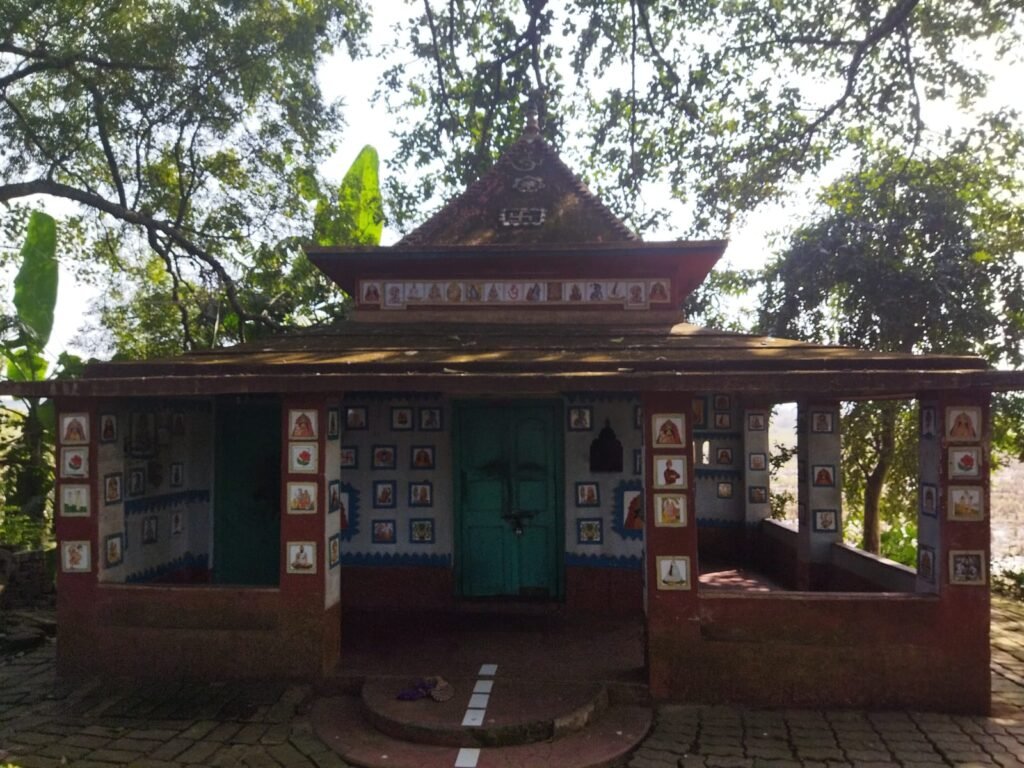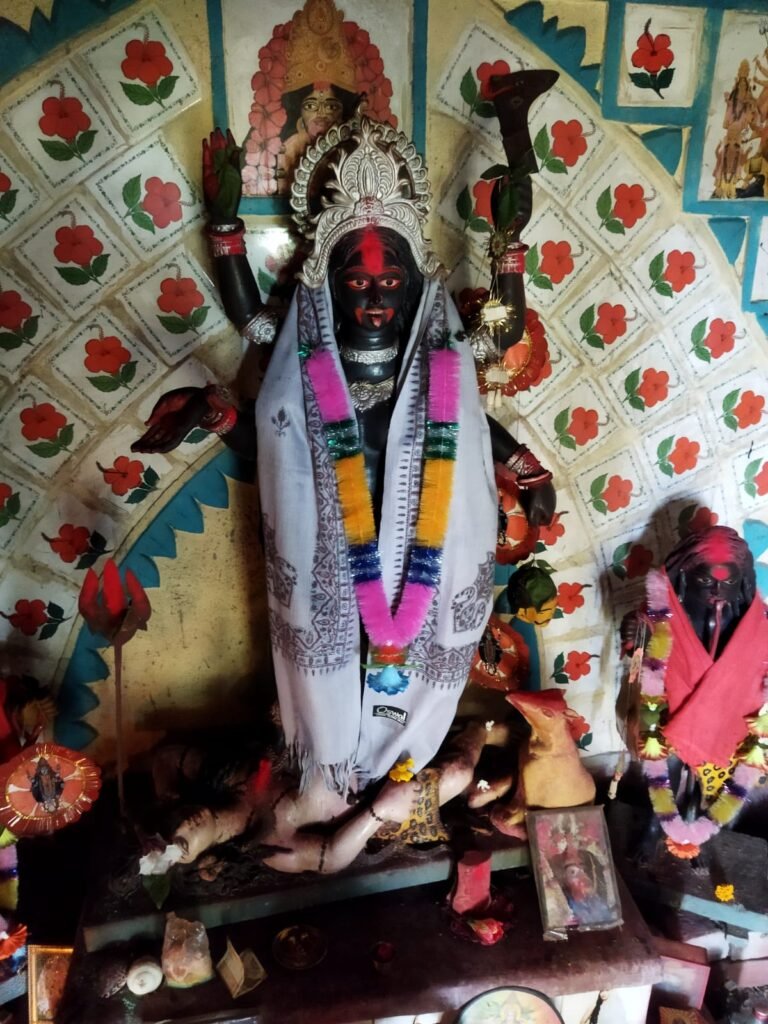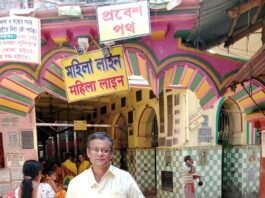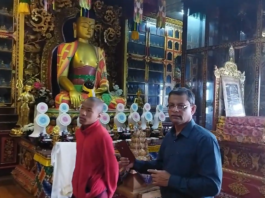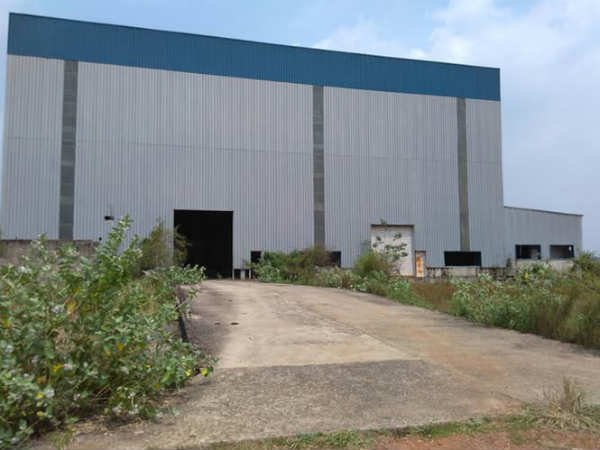
Singur:2021
It is now the end of December, and winter has reached its peak. Winter is a time to look forward to an outing. And so, our father-son travel vagabond pair made up their mind to explore Singur.
Singur, as you know, has been the center of attention ever since the then Chief Minister of West Bengal, Buddhadev Bhattacharya, gave a green signal to Tatas’ for the ‘Nano’ car project. But, unfortunately, the project had to wind up midway owing to political pressure and the Supreme court verdict regarding the land acquisition procedure for the factory.
Let us now go to our story without any formal intro this time. Unlike my other travel stories, you may find my account a bit different.
An hour’s drive on Durgapur Expressway can be very refreshing. Lush green fields, acres of space, and acres of nothingness. Yes, nothing! Welcome to Singur. An hour or forty-five-minute drive from the state capital Kolkata will take you here to Singur, “the ground zero of Tata’s ambitious Nano project,” which was brought to naught by regional politics. Naming a particular political party here might be detrimental, but we all know who did what in August 2008. You see, I don’t want to get into trouble. The Past is past, and the world has moved from it, so that’s not the point of this article. The fact is Singur stands stuck. Stuck in what it could have been.
A stranger stopped us and let us know what he thought about the whole affair: “I would urge you to go and take a look at yourself. See for yourself and decide whether the factory should have come up or not,” said this gentleman who is afraid to identify himself.
We spent almost a couple of hours and spoke to a few villagers, none of them willing to term this incident unfortunate. But they did mention how the local villagers or the youths wouldn’t have to leave for Mumbai and Delhi searching for rozgar.
One must ask who is to blame for this? Is it not the villager who was the driving force behind the whole resistance against the Tatas’. Maybe they were not. Perhaps they were seduced by the so-called intellectuals, activists who wouldn’t mind manipulating your typical Ramu kakas of the world.
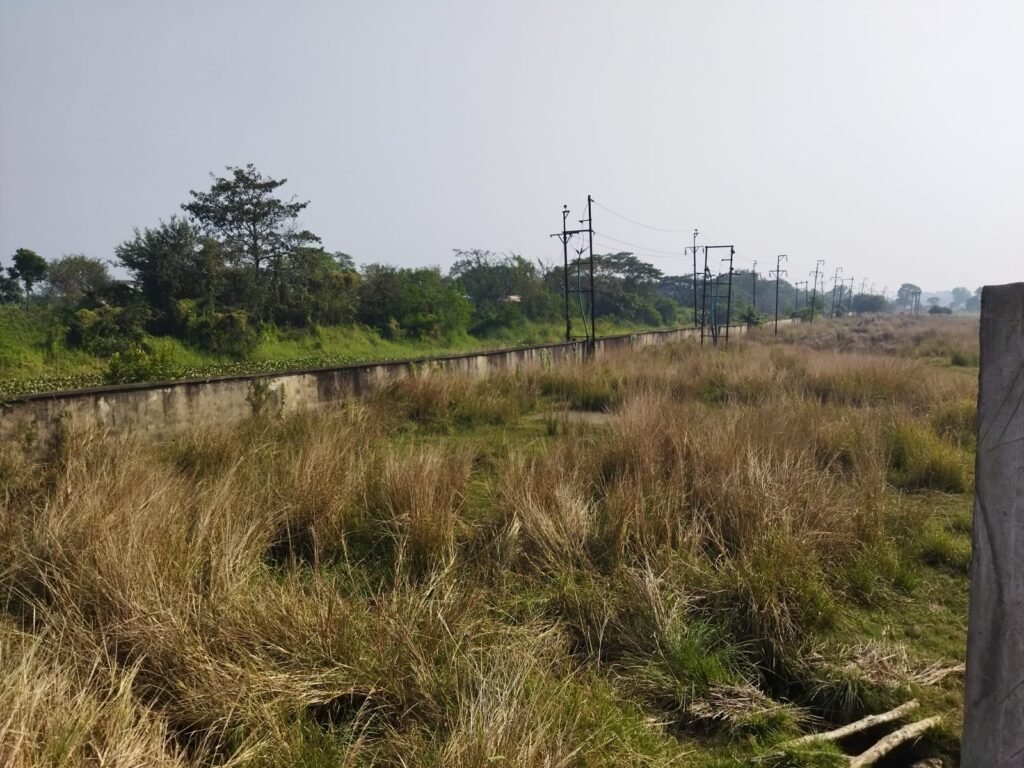
“The fields lost fertility, there is iron and all sorts of stuff, we can’t do farming here,” revealed another villager. My heart sinks. What was the whole point of removing the Tatas, then?
“Poor farmers are victims of politics. It is a heavy political weight whose views matter, not poor villagers’ voices. They are puppets of heavyweights,” said Sanat Kolay. “Yes, perhaps many villagers could get employment had the project come up. But now we have lost the fertility of the land and job opportunities,” Kolay added, who owed 6 to 8 Bigha land.
“While quitting the project, the Tatas’ people could not replenish the soil; they removed the factory structures, but not the plant debris that has run deep underground, which has left much of the land uncultivable. I spent 5 lakh rupees removing the stones beneath the ground and filling the land with fertile soil, but what about those poor farmers who cannot afford it?’ rued Kolay.
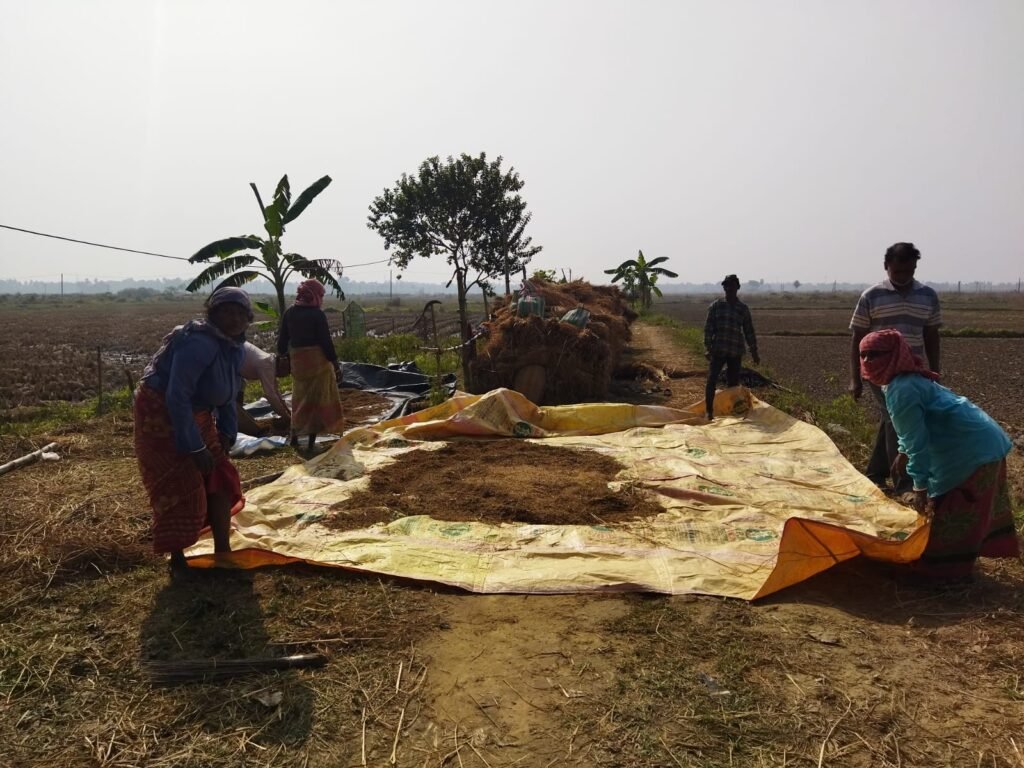
In the end, I couldn’t help myself but feel sad as I roamed in these vast fields. One question just refusing to subside: “Who gained the most out of it?” Certainly not the Tatas, certainly not the Left front. Singur is the biggest loser of all these.

We leave you with a frank assessment from Dipankar Banerjee, another local. “It is a political game. Not only Singur but the entire Hooghly district would also have benefited. The factory would have been a source of significant employment. After all, Tatas’ are the industrial giant. From salt to steel, any Tata product is a brand name. So the prosperity of our state was on the cards had the project been allowed to see the light of the day.”
“The lands were returned to the owners without demarking the jurisdiction boundary. In Bengali, we call it ‘aal.’ As a result, its owners cannot identify their land. They got their land back just for their namesake. Beneath the land is filled with stones, so it is no longer cultivable.” Said Dipankar.
While making a round of the vast isolated area of almost nothingness, we cannot believe our eyes that here is the land where Tata had driven a car manufacturing unit and later dismantled to give it a completely deserted look today.

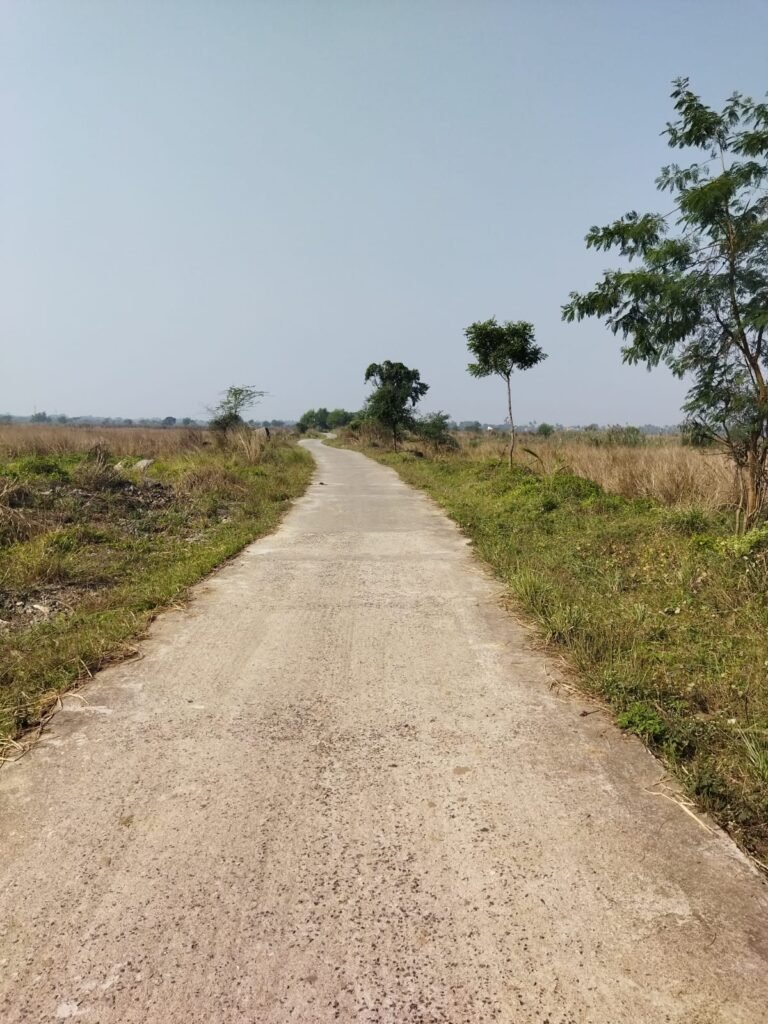
We went to Singur to spend the day like any other visit, but this visit concluded that Singur missed becoming another paradise of Bengal. But before making a final push to home, we had visited a 50-year-old Shashan Kali mandir and an Ashram. The Ashram was closed when we visited.
